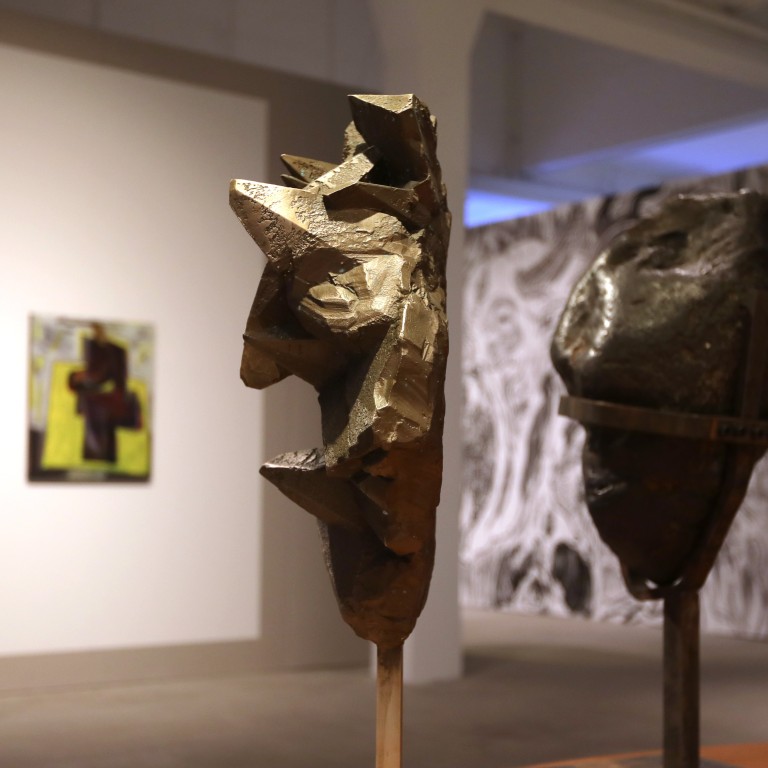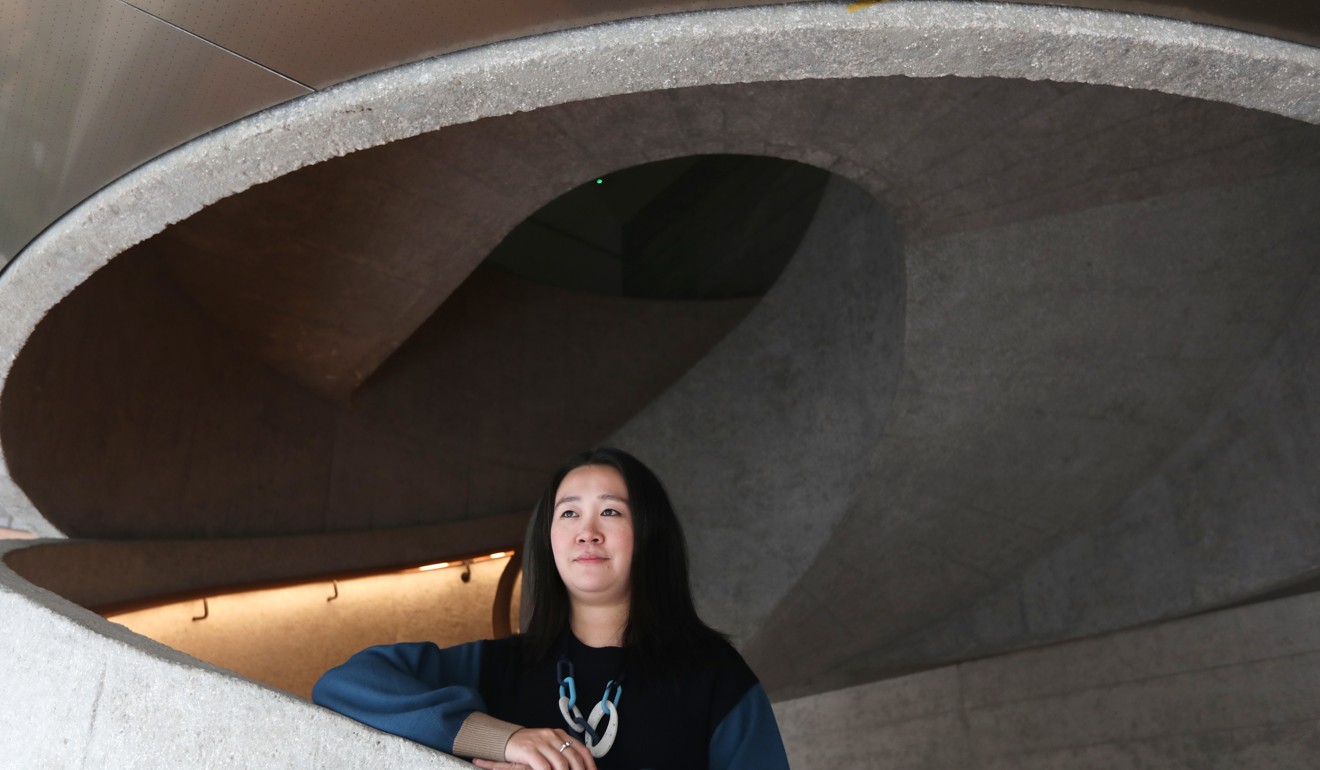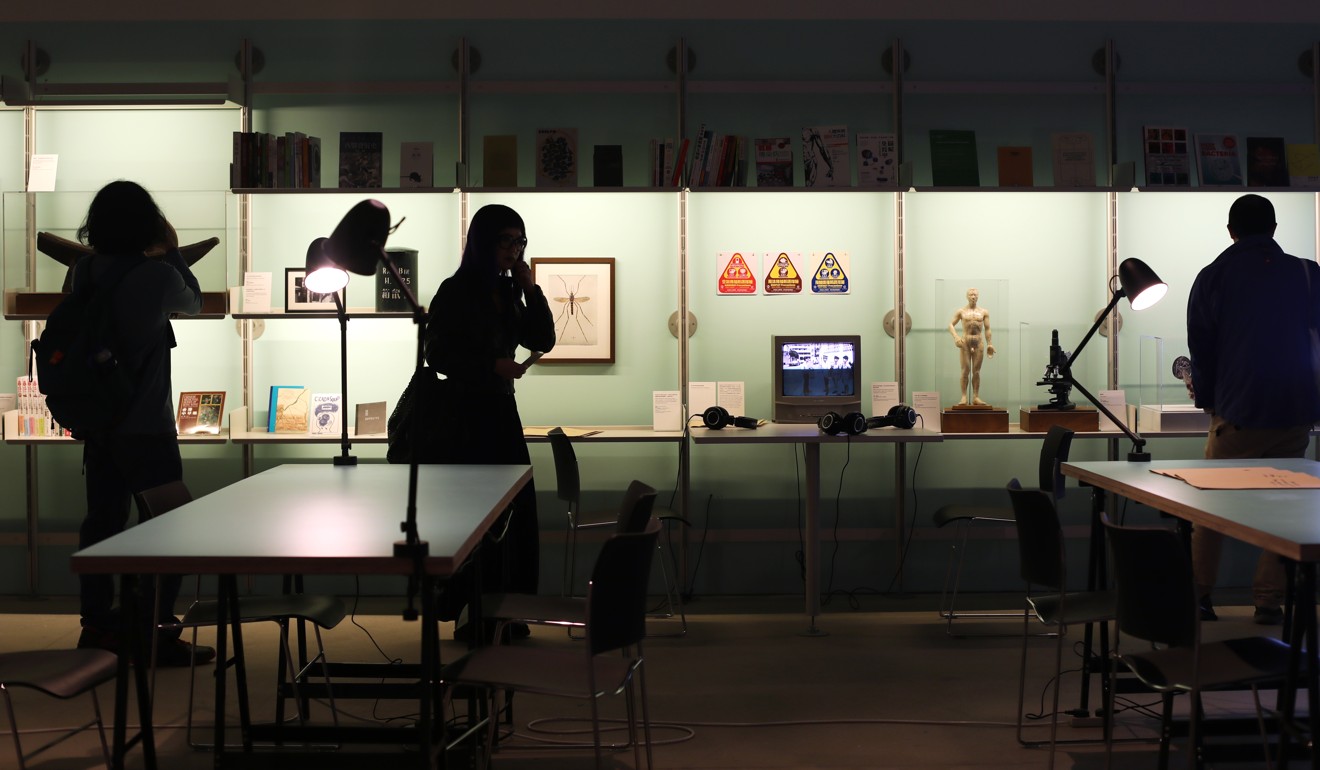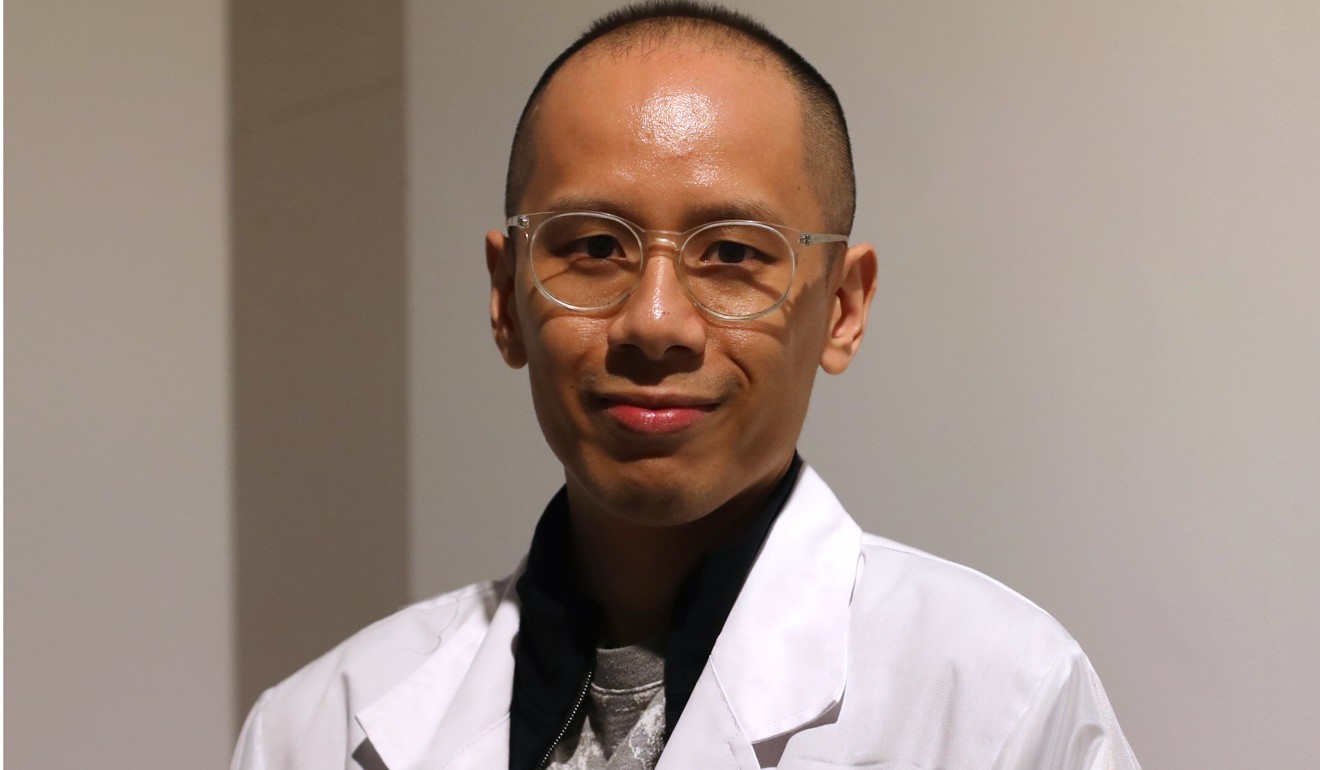
How plague in Hong Kong sowed seeds of democracy, changed urban planning and helped heal social divisions
- Influenza, TB, cholera, malaria, Sars and plague outbreaks changed Hong Kong in ways few people appreciate, as a series of events will show
- Contagious Cities first exhibition, at Tai Kwun, recalls how 1894 plague outbreak triggered drastic improvements in sanitation
A major cultural project seeks to remind visitors how Hong Kong has been shaped not only by commerce and trade, but also by outbreaks of disease.
Few may be aware, for example, that the 1894 outbreak of bubonic plague sowed the seeds for the introduction of representative democracy in the city.
Hong Kong’s plague epidemic points way ahead in face of crisis
“Contagious Cities: Far Away, Too Close” is sponsored by the Wellcome Trust, one of the world’s biggest medical research foundations, and combines art and heritage to explore the impact of pandemics on the city.
“We want to encourage visitors to have new thoughts and conversations about disease and public health in Hong Kong,” said Ken Arnold, creative director of the trust, at the opening event hosted at the Tai Kwun arts and heritage centre in Central last month.

Different versions of Contagious Cities have been staged in New York and Geneva, and it will next head to Berlin. It is the first time the Wellcome Trust has attempted a major cultural project in Asia.
“Hong Kong had lots to tell us and it felt important to ensure we had a different perspective from the other side of the globe,” said Arnold, adding that the Hong Kong stories are very distinct from those told in other cities.
The project will feature events at several locations in the city over the next six months, and includes an app-guided medical heritage tour around the Hong Kong Museum of Medical Sciences. The opening event is a collaborative art and heritage exhibition curated by Ying Kwok. Focused on the plague outbreak, the exhibition uses quotations from, and anecdotes of, key characters from that period to bring the history of the pandemic to life.
Winnie Yeung, head of heritage at Tai Kwun, says the plague was chosen because the emotional responses are similar to those elicited by more recent health crises, such as the severe acute respiratory syndrome (Sars) epidemic in 2003, which is still a raw subject. More importantly, Yeung says the plague changed the city emotionally, culturally and politically. It also altered the urban landscape.

“City planning in Hong Kong changed after the plague – particularly in the city centre,” she says.
Perhaps the most obvious example is Blake Park, once at the epicentre of the 1894 pandemic in Tai Ping Shan on Hong Kong Island, at the time a residential area for poor Chinese workers.
As the city’s population grew, tong lau (traditional Chinese tenement shophouses) were subdivided into tiny, windowless dwellings with poor ventilation and primitive sanitation, where disease thrived. After the plague, rows of these cramped back-to-back tenement houses were torn down to make way for the park, which is still there today.

The park shows that hospitals are not the only key landmarks in Hong Kong that exist because of the impact of epidemics.
The Dairy Farm ice house buildings in Lower Albert Road (which now house the Fringe Club and the Foreign Correspondents’ Club) were erected in 1892. They were among the innovations of an expert on tropical medicine, Dr Patrick Manson, to improve the diet of Hong Kong’s population, and of the British garrison in particular.
Manson was convinced that a regular supply of fresh milk would boost the population’s immunity to tropical diseases.

A visit to the graves and memorial stones in the colonial cemetery in Happy Valley shows that, of the hundreds of European soldiers, sailors and policemen who died in Hong Kong in the 1840s and 1850s, most were not felled by bullets but by fever.
In 1847, the foreign population of Hong Kong numbered 618, yet deaths from fever were 373 in 1843 and 216 in 1844 among the troops alone.
Complaints by the British military led to initial improvements in sanitation and hygiene to combat disease. A report by Colonial Surgeon Dr Philip Ayres in 1875 highlighted the insanitary state of the urban areas, including the local practice of cohabiting with pigs.
Fear, paranoia evoked by diseases like Sars captured in new exhibition
In 1882, Hong Kong’s first survey of public health was undertaken by engineer Osbert Chadwick. His report recommended urgent major infrastructure projects and sweeping sanitary measures.
The recommendations were opposed by landlords, who did not want to bear the cost of improvements, and by senior representatives of the Chinese community such as Dr Kai Ho Kai (one of the first Chinese people to train as a Western doctor), who resented the notion of Western-style health measures being forcefully imposed on the Chinese community.
It is doubtful Chadwick’s recommendations would have been implemented were it not for the outbreak of plague. After decades of procrastination, the devastating human and economic costs of the epidemic, which claimed more than 2,500 lives, prompted a radical review of public health.
I suspect there is little public realisation of the profound role that disease has played in shaping the city
The Public Health and Buildings Ordinance of 1903 finally introduced regulations for residential buildings and initiated a major public works campaign. This included the Tai Tam waterworks scheme, the new Central Market, a new sewage treatment scheme, and major land reclamation projects in Causeway Bay and the fetid swamps of Yau Ma Tei. It also introduced the provision of public refuse bins, dustcarts and the appointment of sanitary inspectors.
“Disease influenced Hong Kong’s urban planning, its laws and infrastructural developments. It also helped to define social relations,” says Robert Peckham, founder of the University of Hong Kong’s Centre for the Humanities and Medicine, and editor of a book, Empires of Panic: Epidemics and Colonial Anxieties, which explores the fears instilled by outbreaks of infectious diseases, and how epidemics provided a stimulus for infrastructure projects designed to sanitise the city.
For example, the 2003 Sars outbreak that killed 299 people in Hong Kong resulted in far-reaching institutional changes. These ranged from the provision of hand sanitisers at the entrances to many public buildings to a rearrangement of the city’s public services, including hospital operations and morgue facilities.
Peckham thinks most people probably see Hong Kong today as a global financial hub, but since Sars, the city has also been presented in Hollywood movies as the front line in the battle against highly pathogenic infections. He gives the example of Steven Soderbergh’s 2011 movie, Contagion.
“Beyond that, however, I suspect there is little public realisation of the profound role that disease has played in shaping the city – for example, malaria, plague, cholera, tuberculosis, influenza and Sars,” he says.
The exhibition also explores the cultural conflicts exposed by the plague, manifested in the different Chinese and Western medical traditions. When the colonial authorities imposed compulsory hygiene checks on Chinese homes, they were implemented with little sensitivity and were fiercely resisted. It led to mutual suspicion, panic and even violent incidents. “The dual culture created suspicion and fear,” Yeung says.

Hong Kong society was largely divided by race. Segregation was the colonial ruler’s traditional solution to maintaining public health – that of the colonisers, at least – but the plague underlined that infectious disease does not discriminate on ethnic grounds, she adds.
After the plague pandemic the sanitary board, which had been established in 1883, was given additional powers and was elected by the Chinese and Western communities. It became the forerunner of representative democracy in Hong Kong; in 1936 the board was renamed the Urban Council, and made responsible for all municipal affairs in Hong Kong and Kowloon.
The work of the council was overseen by elected members and became a force for public reform and improved living standards. In the 1960s, the duties of the Urban Council expanded further and it initiated the opening of City Hall in Central in 1962, and the first multi-storey markets, in Jardine’s Bazaar, in March 1963.

Contagious diseases like the plague emphasised cultural and ethnic divisions and then, by necessity, forced Hong Kong to bridge these divides.
Public health education, from crude posters in the 19th century to slick TV advertisements and social media campaigns in the 21st century, have been part of Hong Kong life for more than 150 years. A collective sensitivity to the risk of infectious disease is embedded in local culture.
The scientific knowledge gained from Hong Kong’s numerous bouts of infectious disease means that it is recognised internationally as a centre of excellence for microbiology and public health research.
How the Sars epidemic left its deadly mark on Hong Kong
Last month a team at the medical faculty of University of Hong Kong, co-led by Professor Yuen Kwok-yung – the man once nominated by Time magazine as Asia’s man of the year for his role in cracking the Sars virus – announced the discovery of a broad-spectrum antiviral drug for the strategic control of epidemics.
“There are lots of reasons for thinking this is a terrible subject for an exhibition, but from all that adversity comes strength, change and a greater knowledge of public health,” says Arnold.

